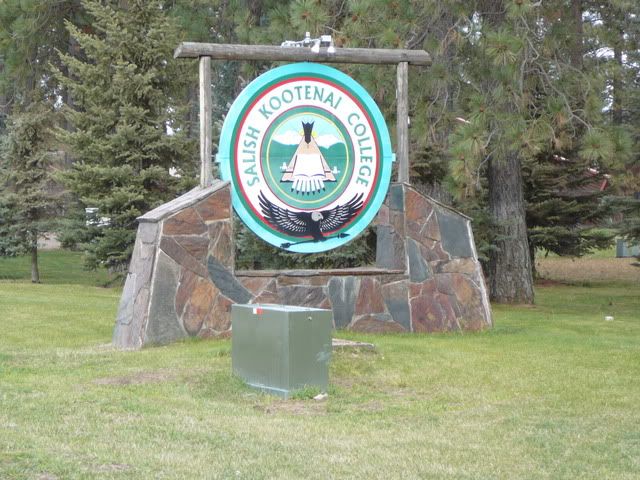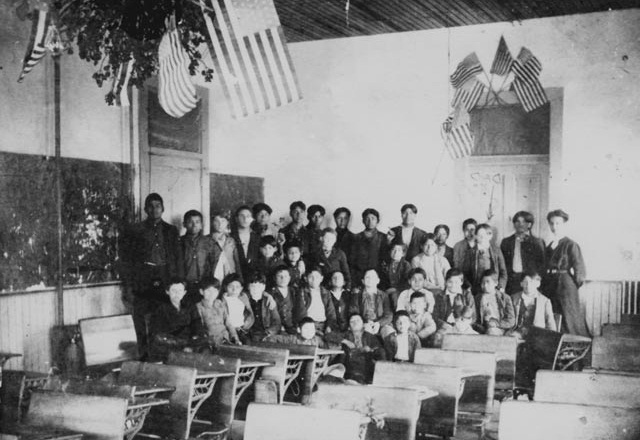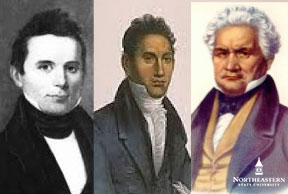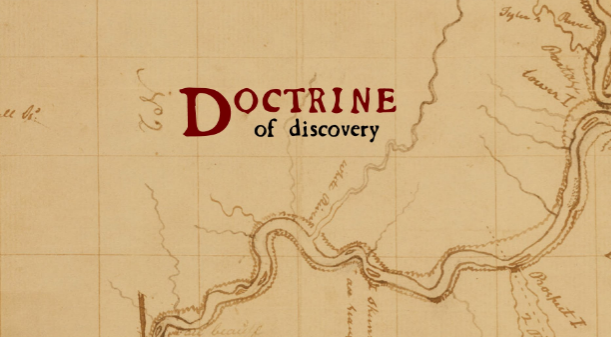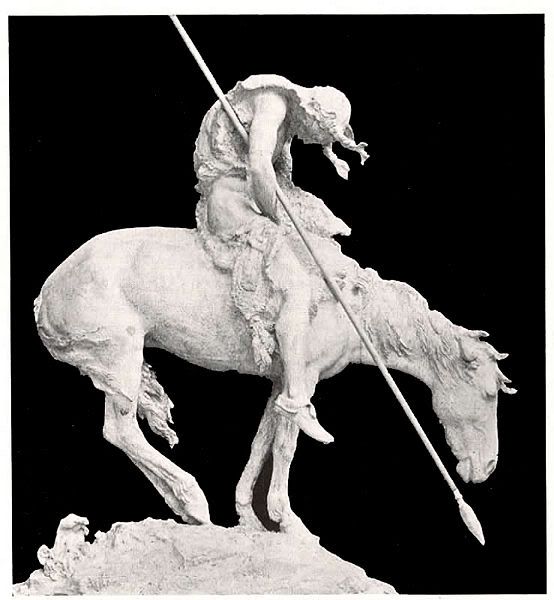Salish Kootenai College
The Navajo Community College was established in Tsaile, Arizona in 1969. This college was an outgrowth of the idea of self-determination in which the tribes were to control their own destinies. In addition, it was evident that traditional colleges and universities were not meeting the needs of rural communities, and particularly Indian communities. Navajo Community … Continued
